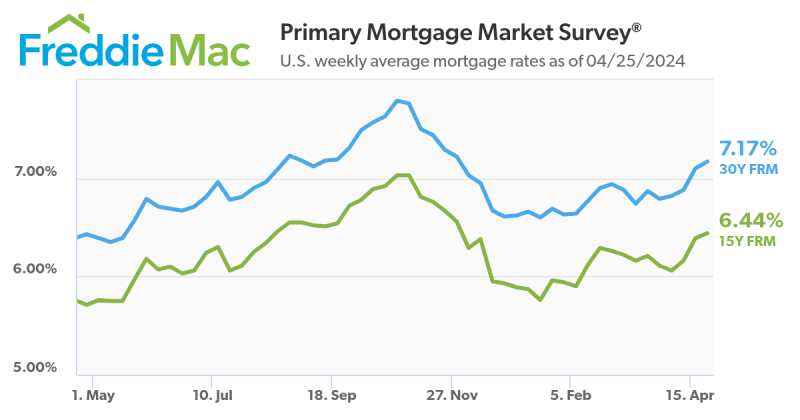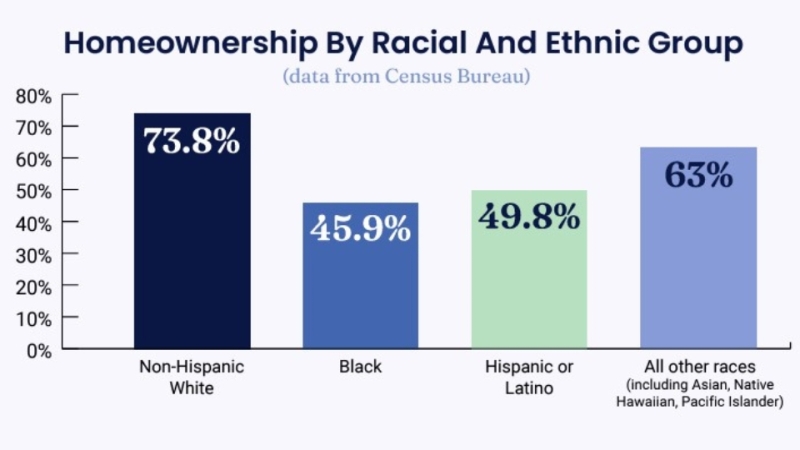Advertisement
Freddie Mac PMMS: Long-term rates fall for eighth consecutive week
Small decrease in commercial/multifamily mortgage debt outstanding reported in latest MBA analysisMortgagePress.comcommercial, multifamily mortgage, MBA, commerical mortgage, Federal Reserve Board Flow of Funds, Ginnie Mae, GSEs
The level of commercial/multifamily mortgage debt outstanding
decreased slightly by 0.1 percent in the third quarter, to $3.44
trillion, according to the Mortgage Bankers Association (MBA)
analysis of the Federal Reserve Board Flow of Funds data.
The $3.44 trillion in commercial/multifamily mortgage debt
outstanding recorded by the Federal Reserve was a decrease of $3.3
billion from the second quarter 2008. Multifamily mortgage debt
outstanding grew to $890 billion, an increase of $15.2 billion or
1.7 percent from second quarter.
"Uncertainty surrounding the weakening economy, coupled with the
continuing pressures of the credit crunch, led to a slight pullback
among investors in commercial/multifamily mortgages in the third
quarter," said Jamie Woodwell, MBA's Vice President of Commercial
Real Estate Research. "The government-sponsored enterprises and
other finance companies have taken advantage of the limited
competition to increase their holdings, but the numbers show banks
and thrifts beginning to pull back on their holdings, life
insurance companies slowing the growth of their portfolios, and the
CMBS (commercial mortgage backed securities) market continuing to
pay-down its holdings with few, if any, acquisitions."
The Federal Reserve Flow of Funds data summarizes the holding of
loans or, if the loans are securitized, the form of the security.
For example, many life insurance companies invest both in whole
loans for which they hold the mortgage note (included under Life
Insurance Companies in this data) and in CMBS, collateralized debt
obligations (CDOs) and other asset backed securities (ABS) for
which the security issuers and trustees hold the note.
Commercial banks continue to hold the largest share of
commercial/multifamily mortgages, $1.49 trillion, or 43 percent of
the total. Many of the commercial mortgage loans reported by
commercial banks however, are actually "commercial and industrial"
loans to which a piece of commercial property has been pledged as
collateral. An MBA Research PolicyNote found that among the top 10
commercial real estate bank lenders, 48 percent of their aggregate
balance of commercial (non-multifamily) real estate loans were
related to owner-occupied properties. (Note: It is the borrower's
business income, not the income derived from the property's rents
and leases, which drive the underwriting, pricing and performance
of these loans.)
Since the other loans reported here are generally income
property loans, meaning that the income primarily comes from rents,
the commercial bank numbers are not comparable.
CMBS, CDO and other ABS issuers are the second largest holders
of commercial/multifamily mortgages, holding $758 billion, or 22
percent of the total. Life insurance companies hold $315 billion,
or 9 percent of the total, and savings institutions hold $191
billion, or 6 percent of the total. The GSEs, agency-backed
mortgage pools and GSE-backed mortgage pools, including Fannie Mae,
Freddie Mac and Ginnie Mae, hold $149 billion in multifamily loans
that support the mortgage-backed securities; and issued an
additional $179 billion "whole" loans in their own portfolios for a
total share of 10 percent of outstanding commercial/multifamily
mortgages. As noted above, many life insurance companies, banks and
the GSEs purchase and hold a large number of CMBS, CDO and other
ABS issues. These loans appear in the CMBS, CDO and other ABS
category previously referenced.
Multifamily mortgage debt outstanding
Looking just at multifamily mortgages, the GSEs and Ginnie Mae
hold the largest share of multifamily mortgages, with $149 billion
in federally related mortgage pools and $180 billion in their own
portfolios or 37 percent of the total multifamily debt outstanding.
They are followed by commercial banks with $210 billion, or 24
percent of the total. CMBS, CDO and other ABS issuers hold $118
billion, or 13 percent of the total; savings institutions with $65
billion, or 7 percent of the total; state and local governments
with $70 billion, or 8 percent of the total; and life insurance
companies with $50 billion, or 6 percent of the total.
Changes in commercial/multifamily mortgage debt
outstanding
This quarter's results are impacted by the acquisition of a large
savings institution by a commercial bank. As a result, the savings
institution's assets appear as a net increase in the holdings of
the commercial banking sector and a net decrease in the holdings of
the savings institution sector. Interpretation of the results for
these two sectors should therefore be treated with care.
In the third quarter of 2008, driven by the acquisition
mentioned above, commercial banks saw the largest increase in
dollar terms in their holdings of commercial/multifamily mortgage
debt - an increase of $30 billion, or 2 percent. Finance companies
increased their holdings of commercial/multifamily mortgages by
$2.3 billion, or 3.2 percent. GSEs increased their holdings of
commercial/multifamily mortgages by $12 billion, or 6.8 percent.
Agency and GSE-backed mortgage pools increased their holdings of
commercial/multifamily mortgages by $2.6 billion, or 1.8
percent.
In percentage terms, GSEs saw the largest increase in their
holdings of commercial/multifamily mortgages, a jump of 6.8
percent. Savings institutions saw their holdings decrease by 17
percent.
Changes in multifamily mortgage debt
outstanding
The $15 billion increase in multifamily mortgage debt outstanding
between the second quarter and third quarter of 2008 represents a
1.7 percent increase. In dollar terms and driven by the acquisition
mentioned above, commercial banks saw the largest increase in their
holdings of multifamily mortgage debt, an increase of $34 billion,
or 19.4 percent. GSEs increased their holdings of multifamily
mortgage debt by $12 billion, or 6.8 percent. Agency- and
GSE-backed mortgage pools increased by $3 billion, or 1.8 percent.
Savings institutions saw the biggest drop in their holdings of
multifamily mortgage debt by $32 billion, or -32.7 percent.
In percentage terms, commercial banks recorded the largest
increase in their holdings of multifamily mortgages at 19.4
percent. Savings institutions saw the largest drop of -32.7
percent.
To view the report, click
here.
For more information, visit www.mortgagebankers.org.
About the author





